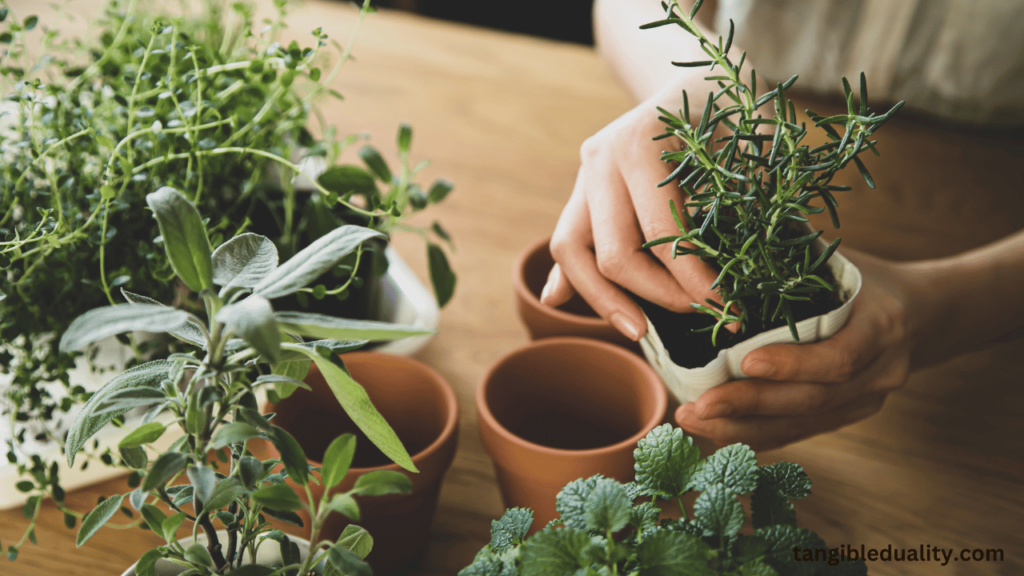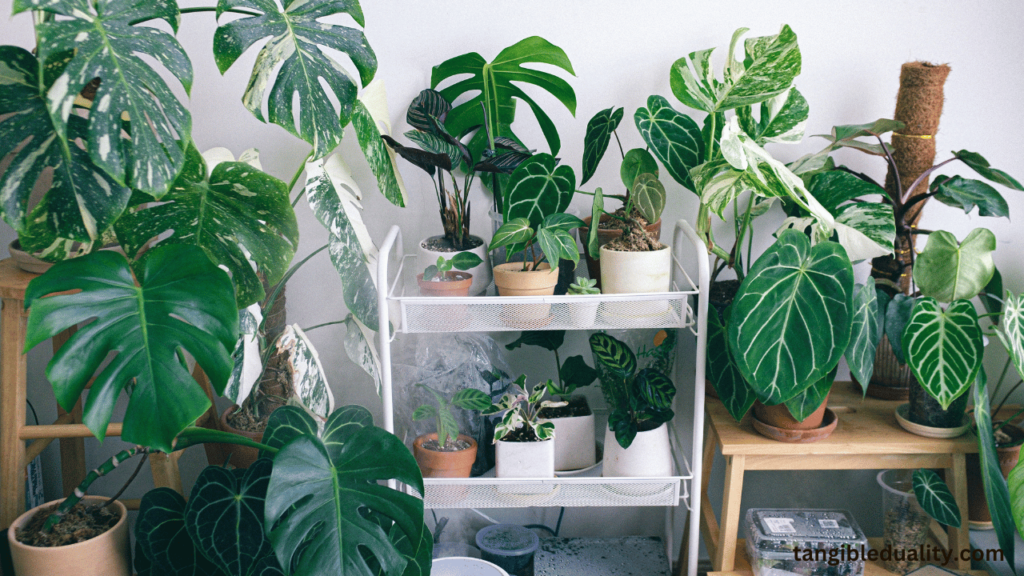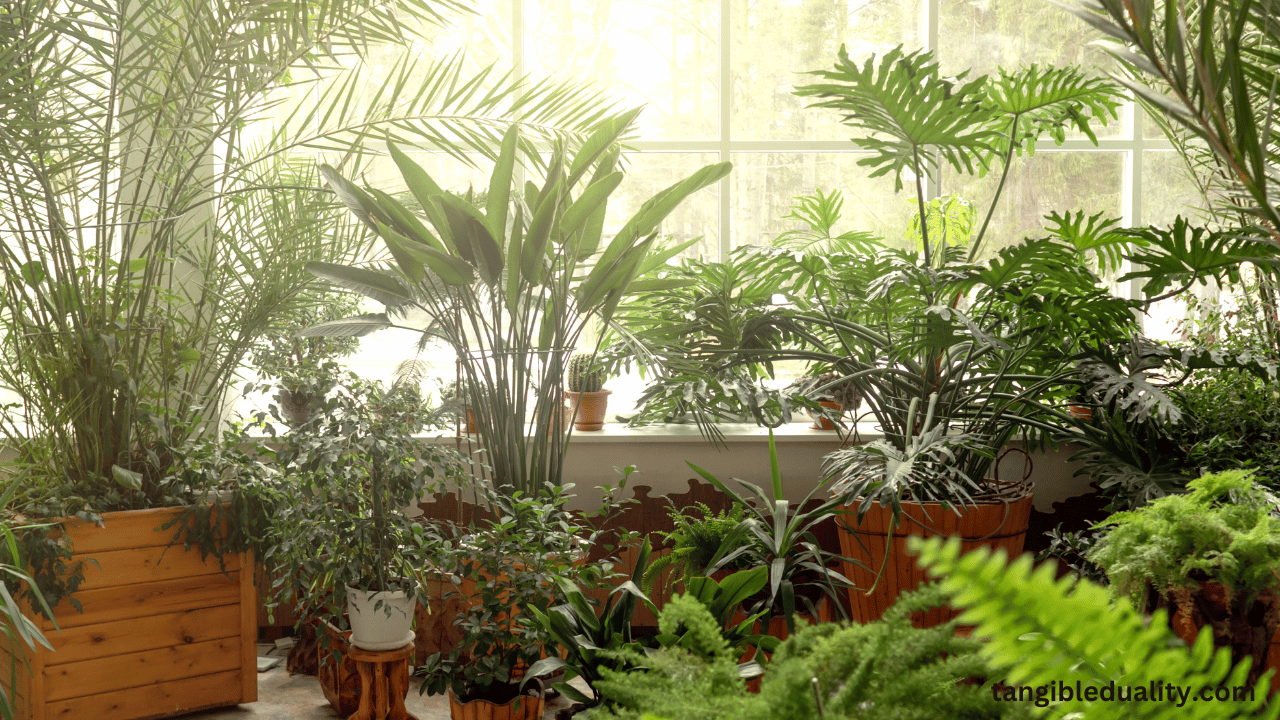LED lights have become increasingly popular in recent years for their energy efficiency and versatility. As more people look to grow their own plants indoors, a question that often arises is whether LED lights can effectively replace traditional grow lights for indoor plant growth.
In this article, we will explore the use of LED lights for growing indoor plants and whether they can provide the necessary light spectrum for photosynthesis and plant growth. While LED lights are known for their low heat output and long lifespan, there are still concerns about whether they can deliver the specific wavelengths of light that plants need to thrive.
We will delve into the science behind how plants use light for photosynthesis and examine whether LED lights can provide the right balance of red, blue, and other wavelengths needed for optimal growth.
We will also discuss the different types of LED grow lights available on the market and provide tips on how to use them effectively for indoor plant cultivation.
Can LED lights grow indoor plants without a grow light? Let’s find out in this informative article.
Indoor gardening has become increasingly popular among plant enthusiasts, with many individuals looking for efficient ways to nurture their favorite plants within the confines of their homes. One common question that arises is whether regular LED lights can effectively replace specialized grow lights for supporting indoor plant growth.

Can Regular LED Lights Replace Grow Lights for Indoor Plant Growth?
Several factors need to be considered when considering using regular LED lights in place of dedicated grow lights for indoor plant cultivation.
Comparison of Regular LED Lights vs. Grow Lights
Grow lights are specifically designed to provide the necessary light spectrum for optimal plant development, while regular LED lights may not offer the same tailored spectrum for plants.
Effectiveness of Regular LED Lights on Plant Growth
While regular LED lights can support fundamental plant growth, they may not provide the ideal conditions for certain plant species that have specific light requirements.
Optimal Usage of Regular LED Lights for Indoor Plants
Proper placement, duration of exposure, and understanding of the light spectrum are crucial factors to consider to maximize the effectiveness of regular LED lights.
Understanding the Role of Light Spectrum in Plant Growth
The light spectrum plays a vital role in the process of photosynthesis and overall plant health, influencing various aspects of plant growth and development.
Impact of Light Spectrum on Plant Photosynthesis
Plants utilize different wavelengths of light for photosynthesis, with red and blue light being crucial for driving the process effectively.
Differences in Light Spectrum Between Regular LEDs and Grow Lights
Specialized grow lights are designed to emit specific wavelengths of light tailored to plant needs, whereas regular LED lights may offer a broader spectrum that could lack certain essential wavelengths.
Choosing the Right Light Spectrum for Different Plant Types
Selecting the appropriate light spectrum based on the type of plant being grown is essential to ensure healthy growth and flowering in indoor plants.

How to Use Regular LED Lights Efficiently for Growing Plants Indoors
Utilizing regular LED lights efficiently involves understanding the specific requirements of plants in terms of light exposure, intensity, and duration.
Placement and Distance Considerations for Regular LED Lights
Proper placement of LED lights and maintaining an optimal distance from plant foliage are critical to prevent light burn or insufficient light exposure.
Duration and Timing of Regular LED Light Exposure for Plants
Establishing a consistent light schedule and ensuring that plants receive adequate light exposure during different growth stages are critical considerations for successful indoor plant cultivation.
Supplementing Regular LED Lights with Natural Sunlight
While regular LED lights can support plant growth, supplementing with natural sunlight whenever possible can provide additional benefits and a more balanced light spectrum.
Benefits of Using Regular LED Lights for Indoor Plant Growth
Opting for regular LED lights for indoor plant cultivation offers several advantages, ranging from environmental benefits to cost-effectiveness.
Eco-Friendly and Energy-Efficient Aspects of Regular LED Lights
LED lights are known for their energy efficiency and eco-friendly operation, making them a sustainable choice for indoor gardening.
Cost-Effectiveness of Regular LED Lights Compared to Specialized Grow Lights
Regular LED lights are generally more affordable than specialized grow lights, offering a budget-friendly option for avid indoor gardeners.
Low Heat Output and Maintenance Requirements of Regular LED Lights
LED lights produce minimal heat compared to traditional light sources, reducing the risk of damaging plants and requiring less maintenance over time.
Potential Limitations and Challenges of Using Regular LED Lights for Plant Growth
While regular LED lights can support plant growth, they may pose certain limitations when compared to specialized grow lights, particularly for specific plant species with unique light requirements.
Insufficient Light Intensity for Certain Plant Species
Some plant species may require higher light intensity than regular LED lights can provide, which can impact their growth and flowering potential.
Addressing Specific Light Spectrum Requirements for Optimal Plant Development
Adjusting light exposure settings or considering supplemental lighting options may be necessary to overcome limitations in the light spectrum and meet plants’ specific needs.
Adjusting Light Exposure and Settings to Overcome Growth Limitations
Regular monitoring and adjustment of light exposure levels are essential for optimizing plant growth and ensuring that plants thrive under artificial lighting conditions.
Conclusion
However, although LED lights provide a spectrum of light that is optimal for plant growth, they are not designed to be used significantly as grow lights.
Indoor plants may not receive sufficient light for vigorous growth and flowering if they are not given dedicated grow lights, which offer an optimized spectrum and intensity.
Although LED lights can be used to supplement natural light or for plants that are tolerant of low light, the most effective approach for indoor gardening and developing healthy plants is still to invest in specialized grow lights. This will ensure the best possible outcomes.
FAQs
Q: Can regular LED lights successfully grow indoor plants without a grow light?
A: Regular LED lights can provide some light for indoor plants, but they may not be sufficient for optimal growth. Plants need specific light spectrums like blue and red light for photosynthesis, which may not be adequately provided by regular LED lights.
Q: What is the difference between regular LED lights and LED grow lights in terms of plant growth?
A: LED grow lights are specifically designed to provide the necessary light spectrums for plant growth, such as blue and red light. Regular LED lights may not emit the right spectrum of light needed for plants to thrive and grow effectively.
Q: Can I use a regular LED light bulb for my indoor plants?
A: While regular LED light bulbs can provide some light for indoor plants, they may not offer the ideal spectrum of light for optimal plant growth. It is recommended to use LED grow lights designed for plants for better results.
Q: How much light do indoor plants need for healthy growth?
A: Indoor plants require varying amounts of light depending on the type of plant. Generally, most indoor plants thrive with around 10-12 hours of light per day. It is essential to consider the specific light requirements of each plant species for optimal growth.
Q: Are there different types of LED lights that can be used for growing plants indoors?
A: Yes, there are various types of LED lights available for indoor plant growth, such as LED grow lights, full-spectrum LED lights, and specific blue and red light LED bulbs designed for plant growth. Each type of LED light serves different purposes in promoting plant health and growth.
Q: Can regular incandescent light bulbs be used to grow plants indoors?
A: While incandescent light bulbs can provide light for plants, they are not the most suitable option for indoor plant growth. Incandescent bulbs emit more heat and less of the light spectrum needed for photosynthesis compared to LED grow lights, which can hinder plant growth.
Q: Do indoor plants require natural light or artificial light to thrive?
A: Indoor plants can thrive with artificial light sources, such as LED grow lights, as long as they provide the necessary light spectrums required for photosynthesis. However, natural light can also benefit indoor plants, especially in rooms with adequate sunlight exposure.

